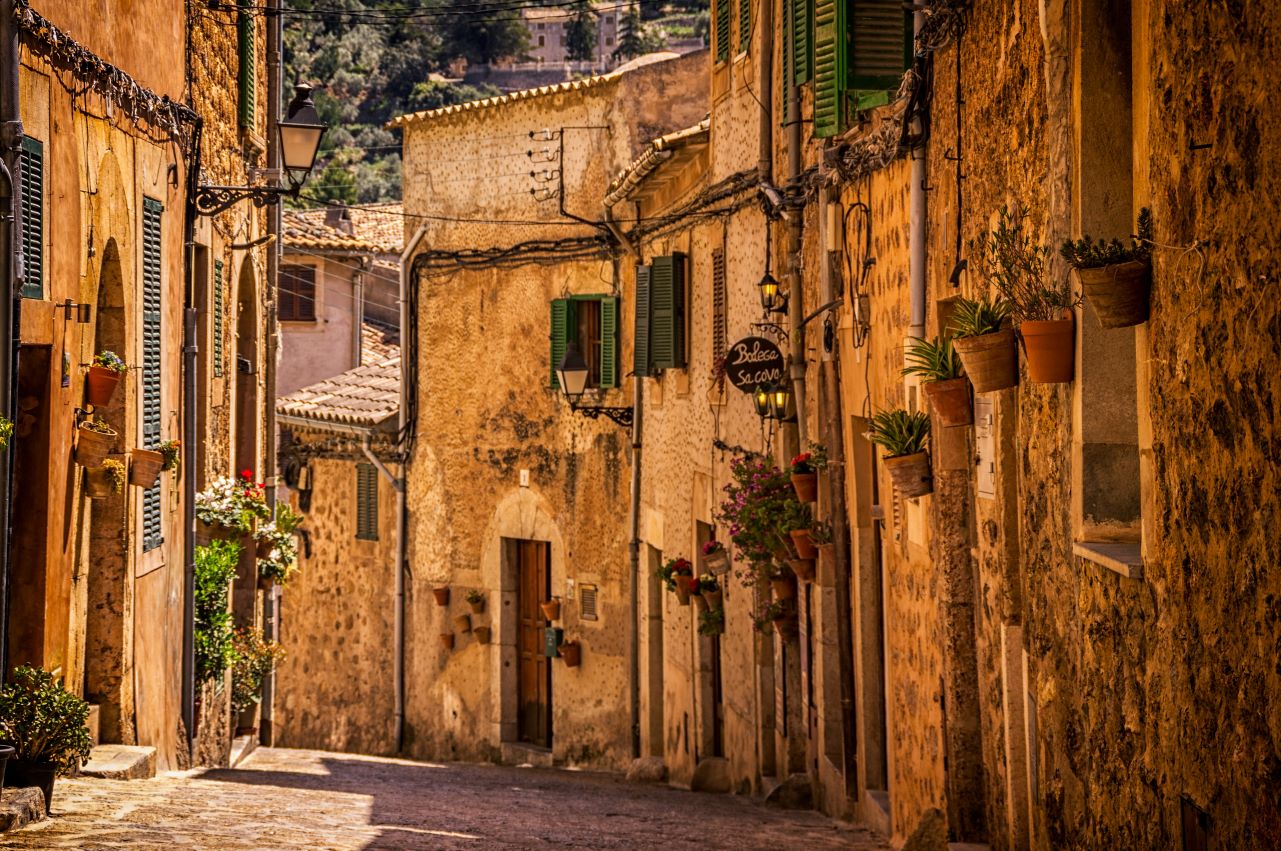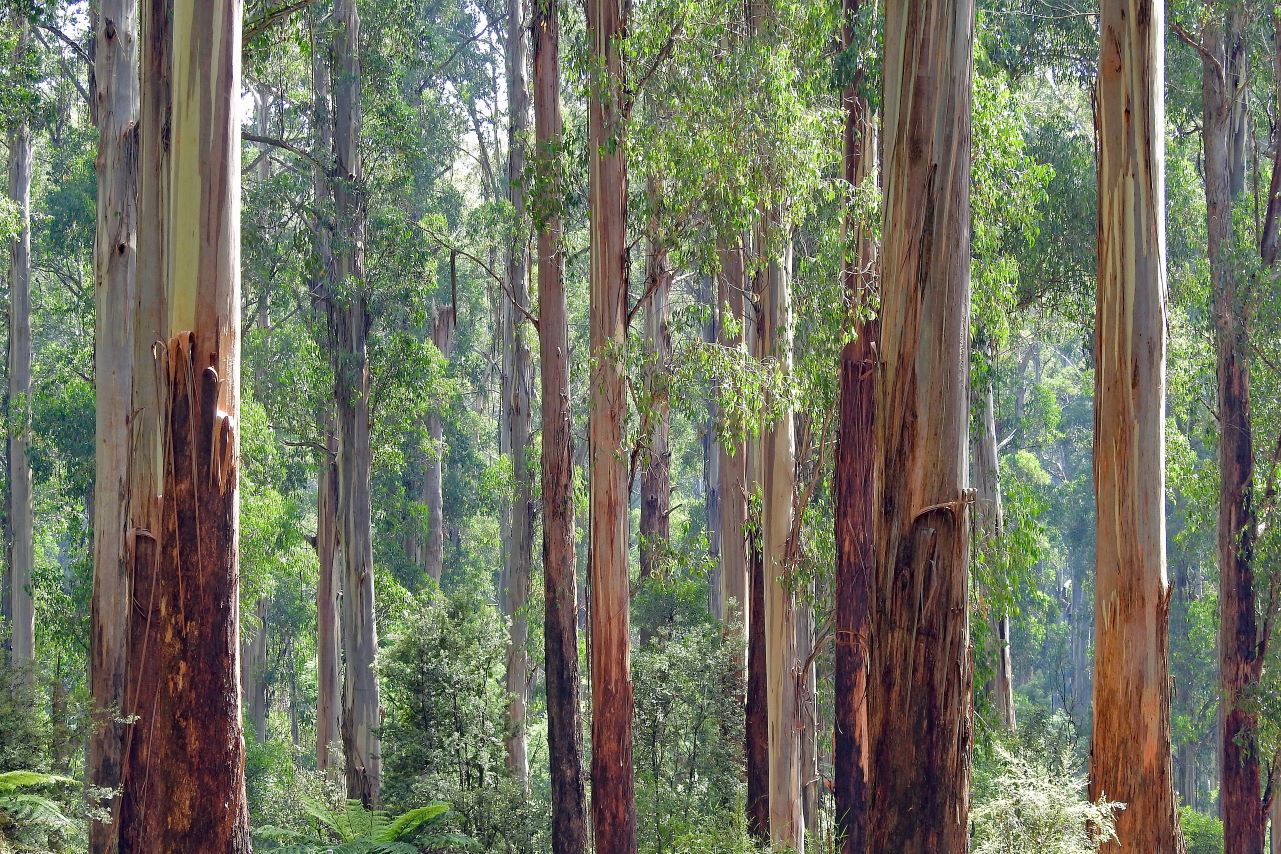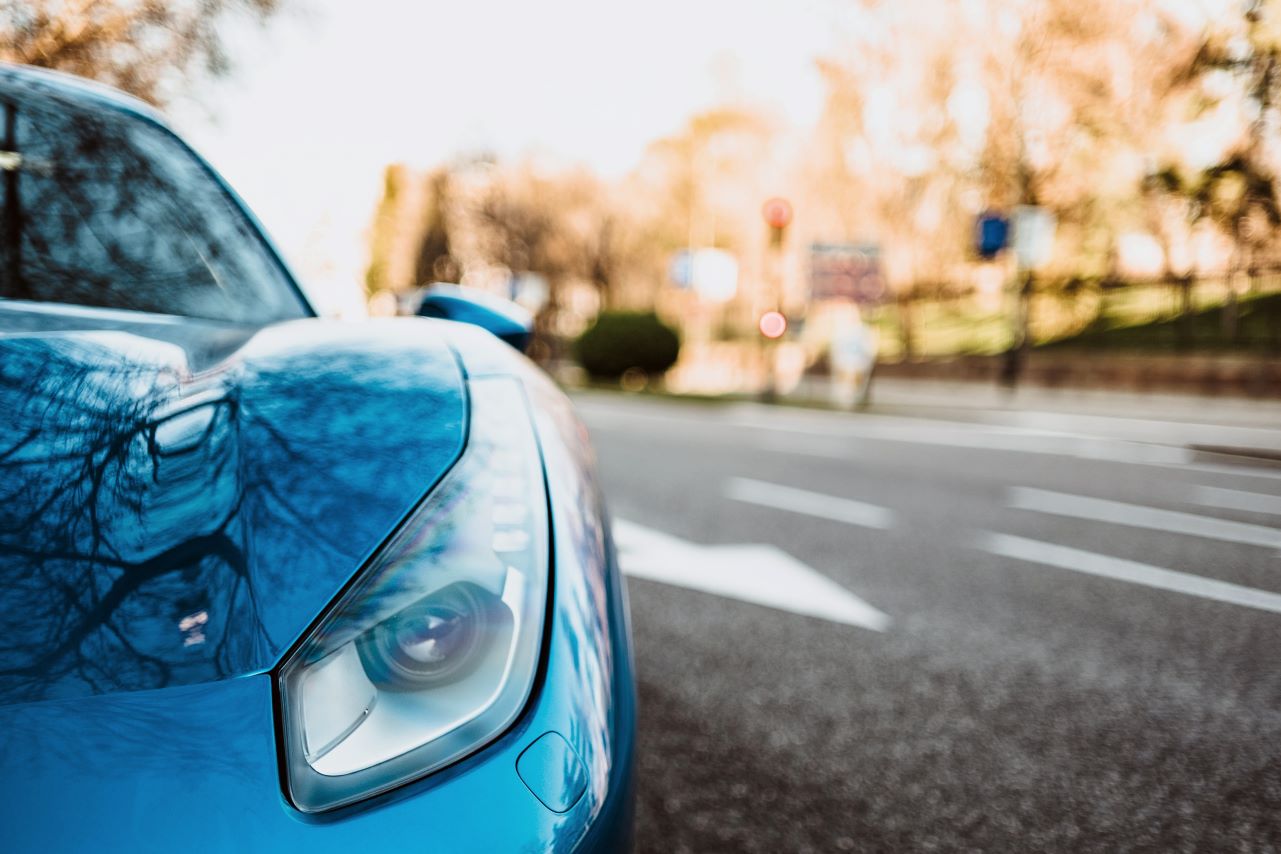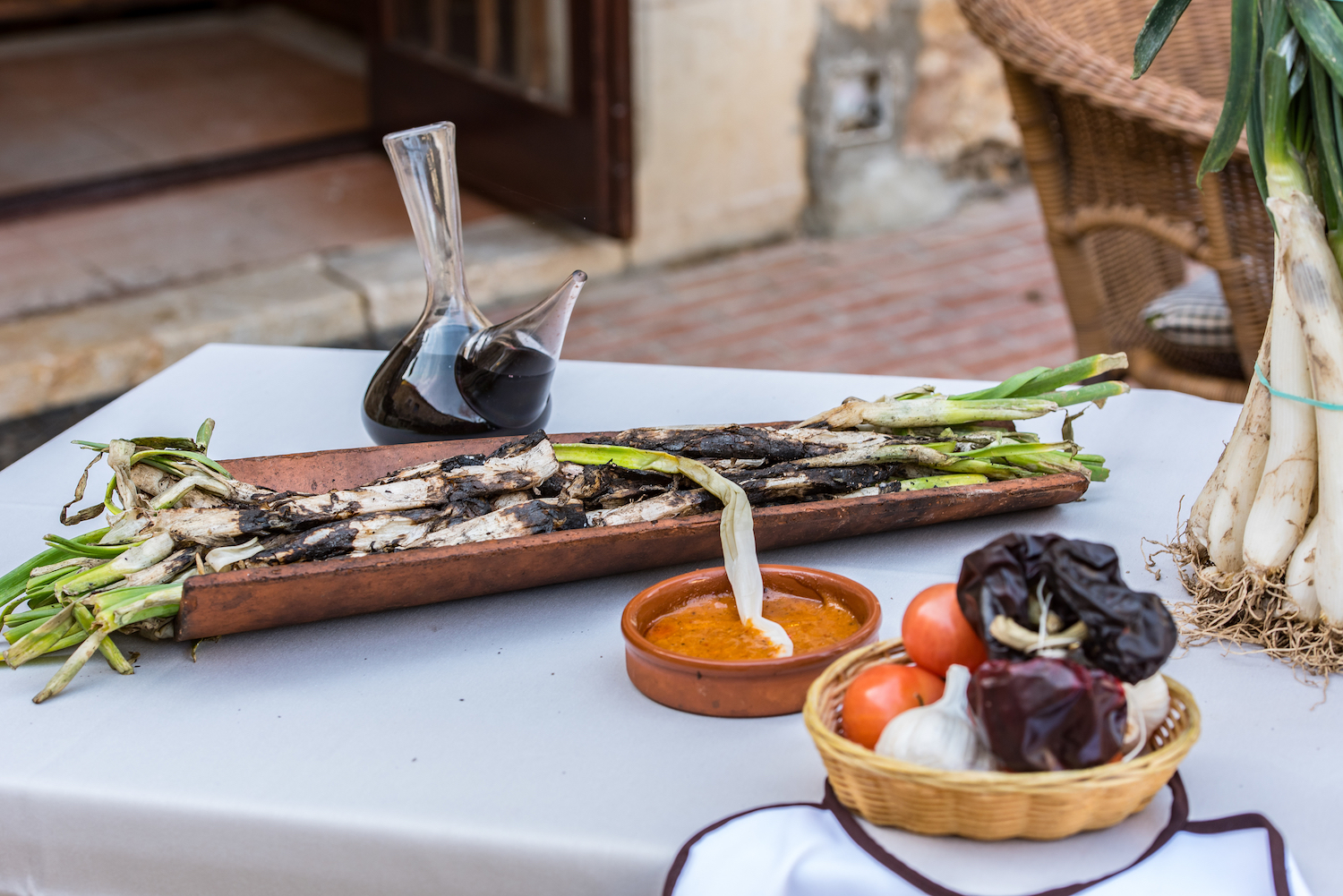Christmas and New Year in Spain
Christmas and New Year in Spain
The winter holiday season lasts from the end of December to the beginning of January. Christmas is the most important of them. It is followed by the New Year, traditionally celebrated on the 31st of December and the Epiphany on the 5th of January.
Spanish people tend to celebrate Catholic Christmas with family. This causes kilometers-long traffic jams, making any travel on the eve of the holiday very difficult.
Christmas treats
Apart from the usual meals, Spanish Christmas table can’t be complete without traditional pastries- “turron” and “polvoron”. They were previously available only from September to January, but now you can sell them throughout the year.
“Turron” is produced by heating the sugar, honey and toasted almonds with the addition of egg whites. The mass is given the form of big bar.
“Polvoron” is shortcake made of milk, sugar, flour and nuts, mainly produced in Andalusia. This country has about factories producing the popular treat.
Apart from desserts, marine crustaceans (lobsters, shrimps, crabs) are an integral part of every holiday table, as well as a sparkling wine (“cava”).
Christmas markets
Christmas markets traditionally take place on the squares and streets of Spanish cities. Apart from products, you can buy there different gifts and souvenirs, as well the hand-made stuff from local artisans. An important part of market is a tent with clay figures, devoted to the birth of Jesus Christ, and used for the creation of Nativity scene. Nativity scene is a composition consisting of great decorations, figures and painted miniatures that reproduces the scene of birth of Jesus Christ. Such scenes can be seen both in the houses and in the shop windows, public buildings, churches and squares.
On the eve of the holiday, the sellers offer roasted chestnuts in the city streets. They will help you to get warm and give strength for the walk.
New Year
On the 31st of December, Papa Noel visits the houses of Spanish children. Christmas tree is not an essential attribute of the holiday. The houses are often decorated with the figures of Papa Noel climbing the rope ladder.
There is an old Spanish tradition: while the clock makes the last 12 strikes of the yeas, you must eat 12 grapes and make a wish. The red underwear worn dressed for the party is supposed to be a good luck for its owner.
Epiphany (Reyes Magos)
Epiphany (Reyes Magos) is the holiday devoted to Balthasar, Melchior and Gazpar that came to Bethlehem following the guiding star to give their gifts to the baby Jesus. Huge processions take place in different cities on these days (5th of January). The Kings and their entourage throw candies into the crowd. Children ask Three Kings for the presents in letters, written the night before holiday.
Needless to say, after the New Year’s holidays that last about a month, Spanish people need much time to come around…








Comments